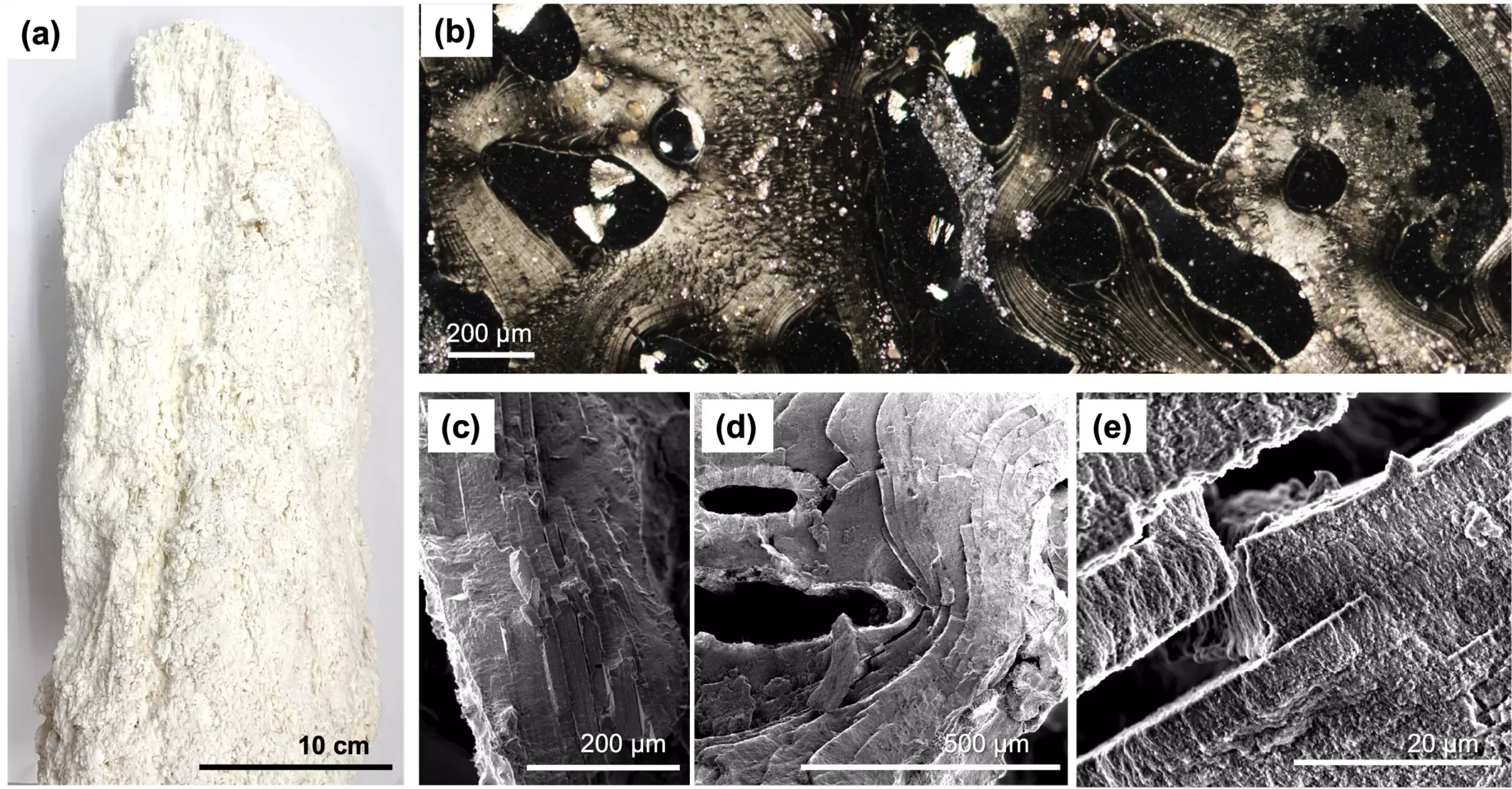

The search for the origins of life on Earth has long intrigued scientists across multiple disciplines. Recent research led by Ryuhei Nakamura from Japan’s RIKEN Center for Sustainable Resource Science and the Earth-Life Science Institute has uncovered remarkable inorganic nanostructures surrounding deep-sea hydrothermal vents, offering insights that could reshape our understanding of life’s beginnings and paving the way for innovative energy solutions.
Hydrothermal vents, formed by volcanic activity on the ocean floor, are critical to the ecosystem’s sustenance and have been dubbed the potential birthplaces of life on Earth. These vents emit superheated mineral-rich water from volcanic fissures. When this fluid emerges into the frigid depths of the ocean, the abrupt temperature drop precipitates minerals, creating structures that appear almost biological in nature. The discovery of these nanostructures serves to reinforce long-held theories about the locations where life may have first emerged, highlighting geothermal activity as a potential catalyst in the genesis of early microorganisms.
The unique conditions available at hydrothermal vents—stable temperatures, a wealth of minerals, and diverse forms of energy—create an environment ideal for abiotic (non-living) chemical reactions that could give rise to living organisms. The implications of this research stretch from academic curiosity about life’s origins to practical applications in understanding energy transfer processes in biological systems.
Central to the research findings is the discovery that certain inorganic nanostructures can mimic the ionic pathways that play a critical role in cellular processes across various life forms. Life on Earth heavily relies on osmotic energy—an essential force generated by the difference in solute concentrations across cellular membranes. The implications of these findings are profound, as they suggest that such osmotic energy conversion may not be unique to living systems but can also occur abiotically in geological environments.
This revelation is significant, as it points to the possibility that the processes underlying energy conversion in living organisms might have origins in non-biological systems. The research provides insights into how abiotic processes could emulate cellular mechanisms, a concept that prompts future inquiries into the chemical foundations of life.
The research focused on serpentinite-hosted hydrothermal vents, where the scientists identified intricate layered structures made primarily of brucite. By utilizing advanced imaging techniques such as optical microscopy and micrometer-sized X-ray scans, researchers uncovered that these brucite crystals are arranged into nano-columns adept at facilitating fluid movement.
What makes these nano-columns particularly intriguing is their electrical charge; the surface exhibited variable charge densities, a feature crucial for ion transport. By varying the concentration of potassium chloride while observing the resulting electrical conductance, researchers were able to determine that the structures function like selective ion channels in biological cells. This process mimics the way neurons transmit signals and suggests that these inorganic formations could replicate some aspects of biological electrical signaling, blurring the line between living and non-living systems.
Aside from contributing to the quest for understanding life’s origins, the research has promising implications for energy production. Current technology harnesses salinity gradients in processes known as blue-energy harvesting, converting renewable energy generated from the difference in salt concentrations between seawater and freshwater. The insights gained from studying the spontaneous formation of nanopores in hydrothermal vents could provide critical guidance for engineering better energy harvesting systems, offering industrial applications that can lead to more sustainable methods for energy generation.
Nakamura emphasizes that learning how these structures spontaneously emerge in nature can help refine techniques for artificial osmotic energy conversion, propelling the field into new frontiers that combine geology and renewable energy engineering.
The groundbreaking discoveries from Nakamura’s team not only shed light on the potential pathways through which life could have originated but also bridge gaps between biological systems and inorganic chemistry. The research reinforces the essential role of hydrothermal vents as crucibles for life while also opening the door to innovative applications in energy harvesting. As we delve deeper into understanding these natural phenomena, the possibility that we may one day unlock new forms of renewable energy and unravel the mysteries of our biological beginnings seems more tangible than ever.
Rogue waves have long been a subject of fascination and terror in maritime lore. These…
As the world grapples with public health challenges, especially those posed by infectious diseases, the…
The Sombrero Galaxy, also known as Messier 104, embodies a breathtaking blend of spirals and…
In recent advances in quantum electronics, a groundbreaking discovery leveraging the concept of kink states…
In the intricate tapestry of nature, ice often exists in a delicate balance with liquid…
In an astonishing event that captured global attention, a rogue object from beyond our Solar…
This website uses cookies.